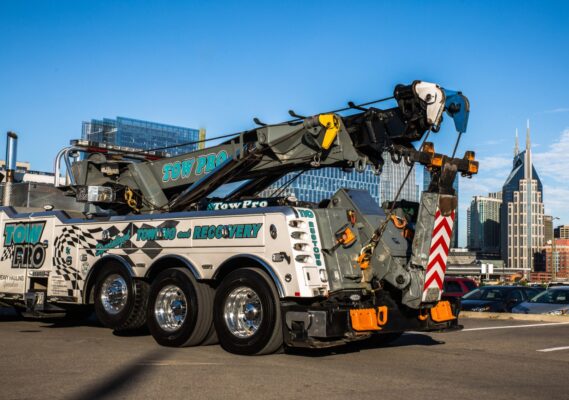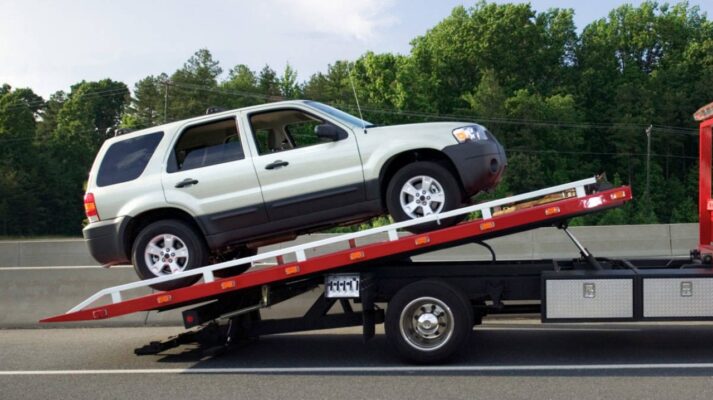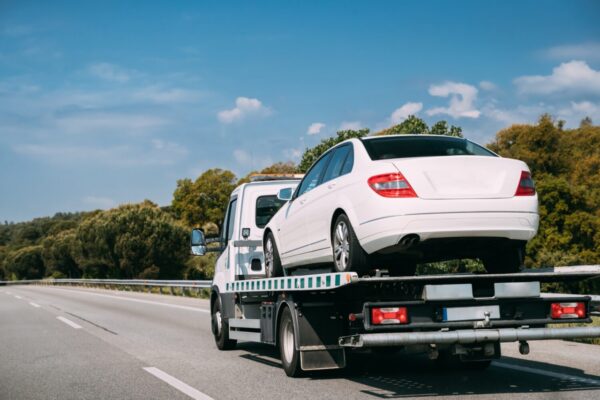Maintenance is a topic many car enthusiasts are familiar with. For specialized vehicles like wreckers, maintenance is equally crucial. However, while many understand the necessity of vehicle maintenance, the right extent of this maintenance often remains unclear. Over-maintenance can lead to unnecessary waste. The following points illustrate common manifestations of over-maintenance and provide guidelines for proper upkeep.
Common Manifestations of Over-Maintenance
1. Frequent Maintenance
Vehicle maintenance schedules are generally predetermined. For instance, the first maintenance for a wrecker is typically at 5000 kilometers. However, some owners might have already changed the oil twice within this period, which is excessively frequent. New vehicles do not require such frequent servicing. Experienced wrecker operators remind us that the maintenance cycle refers to the interval of mileage or time between services. While frequent maintenance isn’t inherently bad and can effectively ensure the vehicle’s performance, unnecessary frequent servicing is not required.
Guideline:
- Follow the manufacturer’s recommended maintenance intervals.
- Adjust the schedule based on the vehicle’s usage and operating conditions, but avoid unnecessary over-servicing.
2. Fuel Usage
Some owners believe using high-grade fuel is better for the vehicle. Wrecker manufacturers caution that if high-end wreckers consistently use low-grade diesel, it can lead to engine knocking and other issues, such as reduced power, increased fuel consumption, and damage to internal engine components. In severe cases, it can shorten the engine’s lifespan. While many wrecker owners think that higher-grade fuel is beneficial, the fuel grade should actually match the engine’s compression ratio.
Guideline:
- Match the fuel grade to the engine’s compression ratio.
- Engines with a compression ratio below 10.5 should use 93-octane gasoline.
- Engines with a compression ratio above 10.5 should use 97-octane gasoline.
- Diesel engines should use the appropriate diesel fuel grade recommended by the manufacturer.
3. Oil Quantity
The initial maintenance for new wreckers is at 5000 kilometers, typically involving an oil and filter change. There is no need to worry about oil levels before the scheduled maintenance unless there are special circumstances. Unnecessarily adding oil, even in new vehicles, can lead to oil burning, which is counterproductive.
Guideline:
- Check oil levels as recommended by the manufacturer, and only add oil when it falls below the minimum level.
- During regular maintenance, ensure that oil changes and top-ups are done according to the vehicle’s specific requirements.
Key Maintenance Practices
1. Regular Inspections
Conduct regular inspections of the wrecker’s key components, such as the hydraulic system, lifting devices, and towing mechanisms. Look for signs of wear, leaks, or damage and address any issues promptly.
Guideline:
- Implement a routine inspection schedule, checking vital systems and components before and after each use.
2. Proper Lubrication
Ensure that all moving parts are adequately lubricated to prevent excessive wear and tear. This includes hydraulic systems, winches, and towing arms.
Guideline:
- Use the manufacturer’s recommended lubricants and follow the specified intervals for lubrication.
3. Tire Maintenance
Check tire pressure and tread regularly. Properly inflated and well-maintained tires ensure better handling and fuel efficiency.
Guideline:
- Inspect tire pressure before each operation and maintain it within the recommended range.
- Rotate tires periodically and replace them when the tread depth falls below the safe limit.
4. Battery Care
Regularly check the battery’s charge and condition. Clean the terminals and ensure that the battery is securely mounted.
Guideline:
- Test the battery’s charge level monthly and recharge or replace it if necessary.
- Clean terminals to prevent corrosion and ensure a secure connection.
5. Brake System
Regularly inspect and maintain the brake system, including brake pads, discs, and fluid levels. The braking system is critical for the safe operation of the wrecker.
Guideline:
- Perform a thorough brake system check every few months, or more frequently if the wrecker is used extensively.
- Replace brake pads and fluid as needed to ensure optimal performance.
Conclusion
Proper and moderate maintenance of wreckers is essential to extend their lifespan and ensure their reliable performance. Following the manufacturer’s guidelines, avoiding over-maintenance, and regularly inspecting and maintaining key components will keep wreckers in optimal condition, reducing downtime and repair costs. This balanced approach ensures that wreckers remain efficient, safe, and ready for operation when needed.












